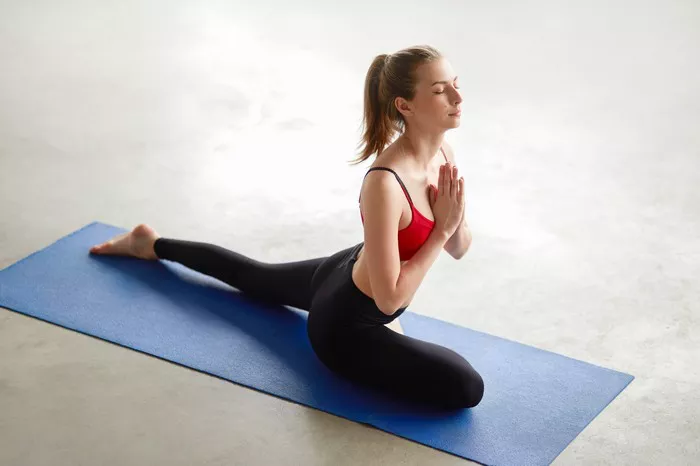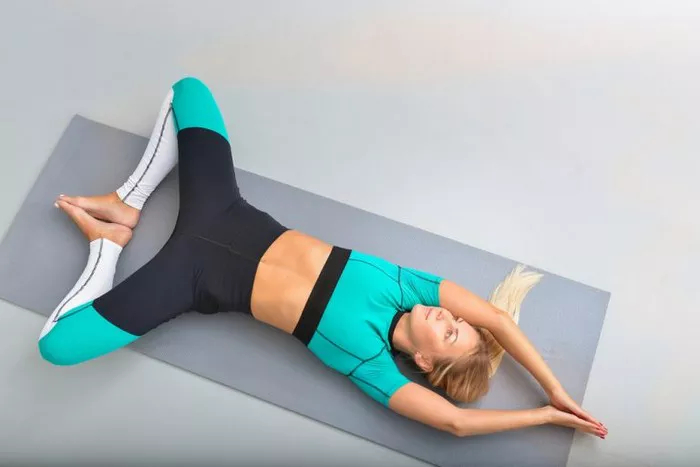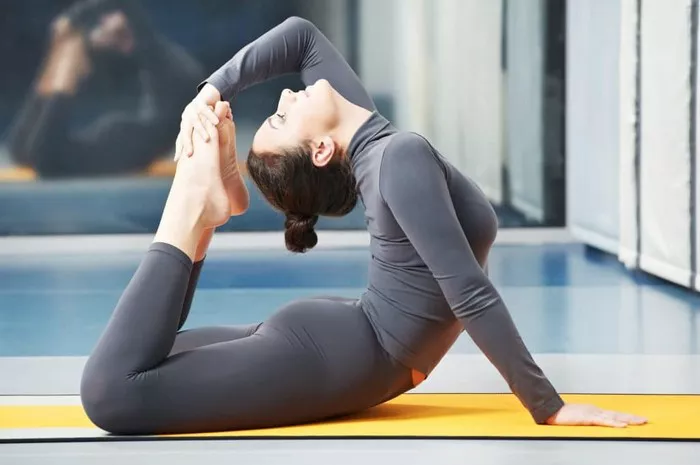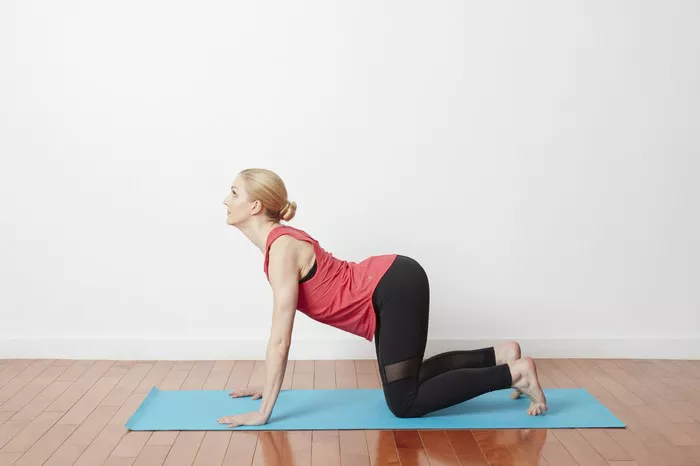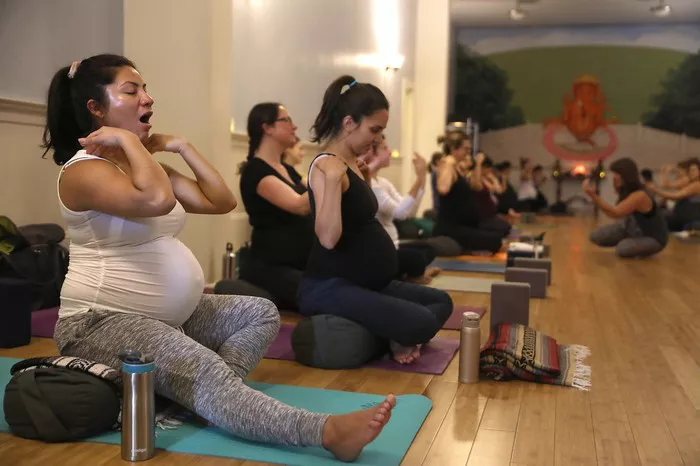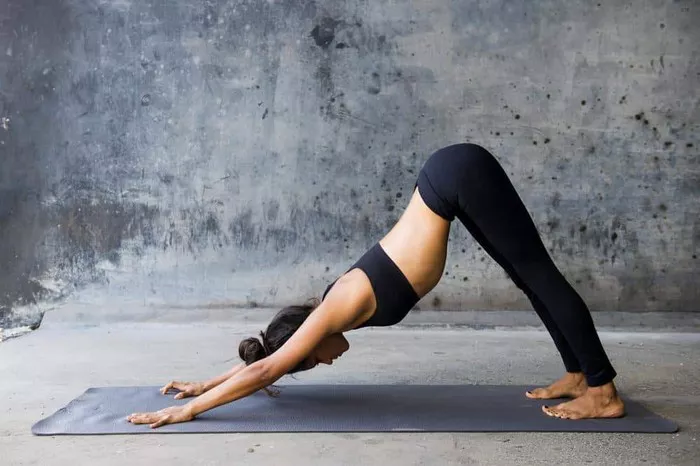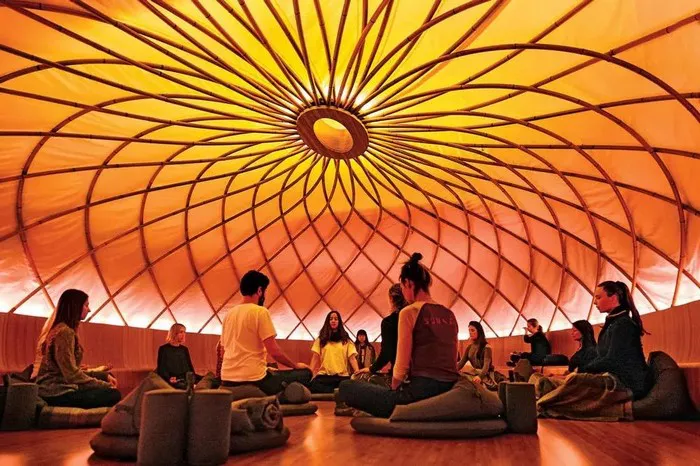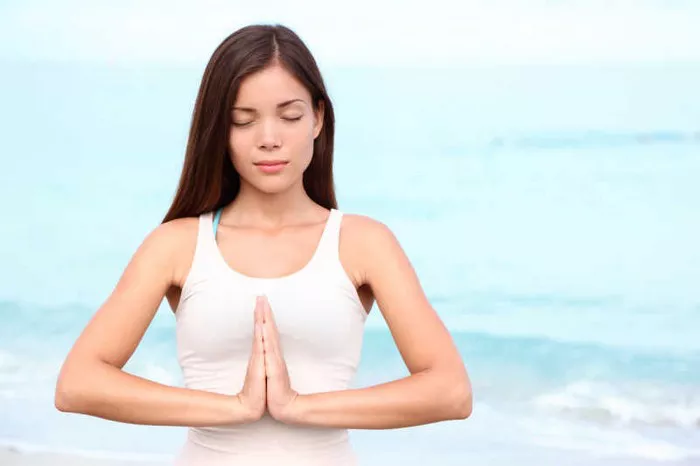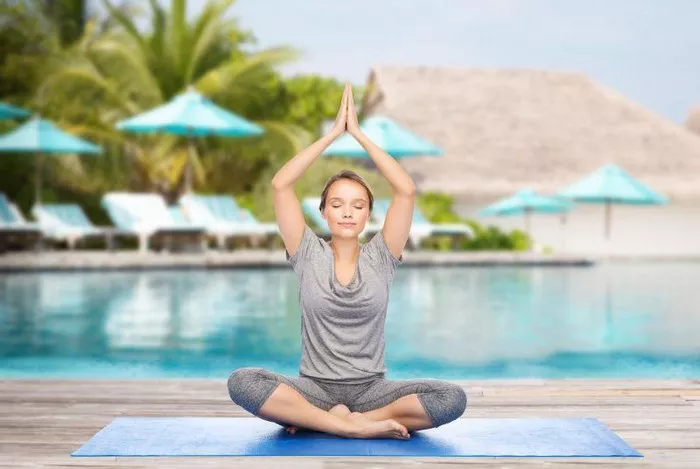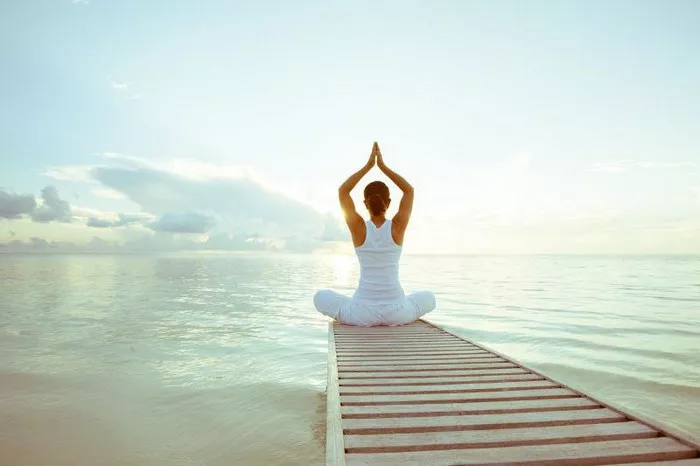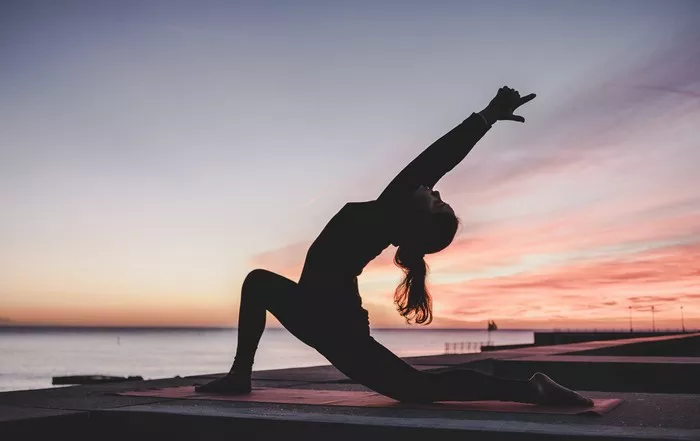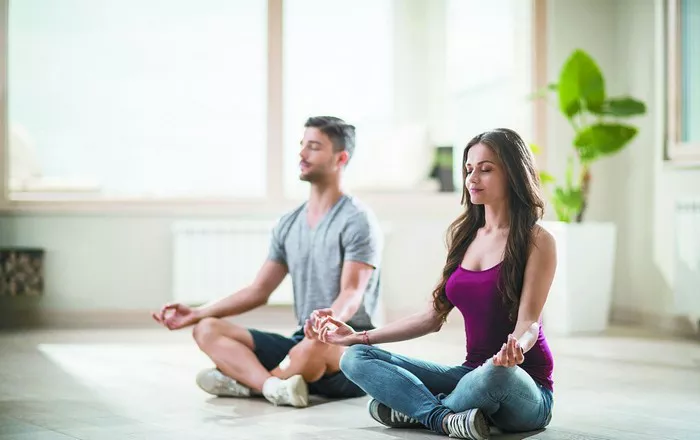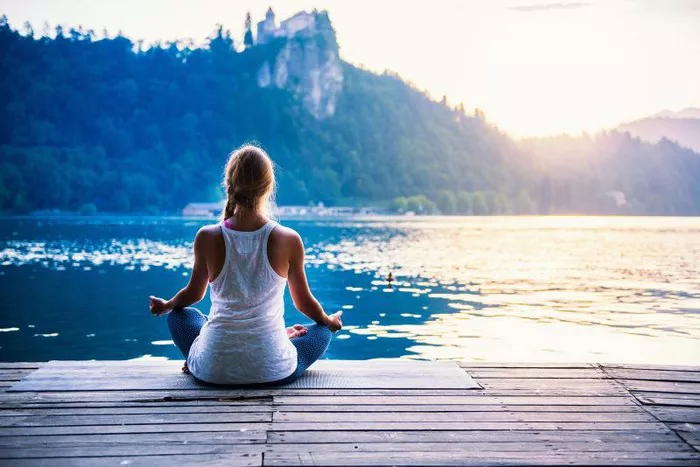Hip flexors play a crucial role in our everyday movements, from walking and running to sitting and bending. However, due to prolonged periods of sitting, strenuous workouts, or simply aging, these muscles can become tight and inflexible, leading to discomfort and restricted mobility. Restorative yoga offers a gentle and effective approach to release tension in the hip flexors, promoting relaxation and improved flexibility. In this article, we’ll explore various restorative yoga poses specifically designed to target the hip flexors, providing relief and restoring balance to this important muscle group.
Understanding the Hip Flexors
Before diving into the restorative yoga poses, it’s essential to understand the anatomy of the hip flexors and their role in our body. The hip flexors are a group of muscles located at the front of the hip joint, including the iliopsoas, rectus femoris, and sartorius. These muscles facilitate hip flexion, allowing us to lift our legs and bend at the waist. However, when these muscles become tight or overactive, they can pull the pelvis out of alignment, leading to issues such as lower back pain, hip discomfort, and limited range of motion.
The Benefits of Restorative Yoga for Hip Flexors
Restorative yoga focuses on relaxation and deep stretching, making it an ideal practice for releasing tension in the hip flexors. Unlike more vigorous styles of yoga, restorative poses are held for extended periods, allowing the muscles to gently lengthen and relax. Additionally, restorative yoga promotes mindfulness and deep breathing, which can help reduce stress and tension in both the body and mind. By incorporating restorative yoga into your routine, you can experience the following benefits for your hip flexors:
1. Increased Flexibility: Restorative yoga poses gently stretch and release tension in the hip flexors, improving flexibility and range of motion.
2. Reduced Pain and Discomfort: Tight hip flexors can contribute to lower back pain, hip discomfort, and even knee issues. 3. Restorative yoga helps alleviate these symptoms by releasing tension and restoring balance to the muscles.
3. Improved Posture: Tight hip flexors can pull the pelvis out of alignment, leading to poor posture. By releasing tension in the hip flexors, restorative yoga can help improve posture and alignment.
4. Enhanced Relaxation: Restorative yoga promotes deep relaxation and stress relief, allowing the body to release tension and unwind.
5. Balanced Energy Flow: According to yoga philosophy, the hips are considered a storage site for emotions and energy. By practicing restorative yoga for the hip flexors, you can release stagnant energy and promote a sense of emotional balance and well-being.
Restorative Yoga Poses for Hip Flexors
Now let’s explore some restorative yoga poses specifically designed to target the hip flexors. These poses can be practiced individually or as part of a sequence, depending on your preferences and needs. Remember to move slowly and mindfully into each pose, using props such as blankets, bolsters, and blocks to support your body and enhance your comfort.
1. Supported Bridge Pose (Setu Bandhasana)
- Begin by lying on your back with your knees bent and feet hip-width apart.
- Place a yoga block or bolster under your sacrum for support.
- Allow your arms to rest by your sides with palms facing up.
- Close your eyes and take slow, deep breaths, allowing the hips to gently release and soften.
- Hold the pose for 3-5 minutes, focusing on relaxing the hip flexors and allowing the pelvis to sink into the support.
2. Reclined Hero Pose (Supta Virasana)
- Start by kneeling on the floor with your knees together and feet slightly wider than hip-width apart.
- Lower your buttocks to the floor, sitting between your feet.
- Place a bolster or folded blanket behind you for support.
- Slowly lower onto your back, using your hands for support as needed.
- Allow your arms to rest by your sides with palms facing up.
- Close your eyes and breathe deeply, feeling the stretch in the front of the thighs and hips.
- Hold the pose for 3-5 minutes, focusing on relaxing and softening the hip flexors.
3. Supported Child’s Pose (Balasana)
- Begin on your hands and knees with your big toes together and knees apart.
- Place a bolster or folded blanket between your thighs and lower your hips back toward your heels.
- Extend your arms forward, resting your forehead on the floor or on a block for support.
- Close your eyes and breathe deeply, allowing the hips to gently release and soften.
- Hold the pose for 3-5 minutes, focusing on relaxing and surrendering into the support.
4. Supported Pigeon Pose (Eka Pada Rajakapotasana)
- Start in a kneeling position with your hands on the floor in front of you.
- Bring your right knee forward and place it behind your right wrist.
- Extend your left leg behind you, keeping the hips squared.
- Place a bolster or folded blanket under your right hip for support.
- Walk your hands forward and lower your chest toward the bolster, resting your forehead on your hands or on a block.
- Close your eyes and breathe deeply, feeling the stretch in the right hip flexor and thigh.
- Hold the pose for 3-5 minutes, then repeat on the opposite side.
5. Supported Supine Twist (Supta Matsyendrasana)
- Begin by lying on your back with your knees bent and feet flat on the floor.
- Extend your arms out to the sides in a T position, palms facing down.
- Lift your hips slightly and shift them to the right.
- Drop your knees to the left, allowing them to come to rest on a bolster or folded blanket.
- Turn your head to the right and close your eyes, breathing deeply into the twist.
- Hold the pose for 3-5 minutes, feeling the gentle stretch in the hip flexors and lower back.
- Repeat on the opposite side.
Incorporating Restorative Yoga into Your Routine
To reap the full benefits of restorative yoga for the hip flexors, consider incorporating these poses into your regular yoga practice or fitness routine. Aim to practice at least three times per week, gradually increasing the duration and intensity of each pose as your flexibility improves. Additionally, listen to your body and modify the poses as needed to suit your individual needs and limitations. With consistent practice and patience, you can experience greater ease, flexibility, and comfort in your hip flexors, allowing you to move more freely and comfortably in your daily life.
Conclusion
Restorative yoga offers a gentle and effective approach to releasing tension in the hip flexors, promoting relaxation, and improving flexibility. By incorporating restorative yoga poses into your routine, you can experience reduced pain and discomfort, improved posture, and enhanced relaxation. Whether you’re recovering from an injury, dealing with chronic tightness, or simply looking to enhance your overall well-being, restorative yoga can be a valuable tool for restoring balance and harmony to your body and mind.

